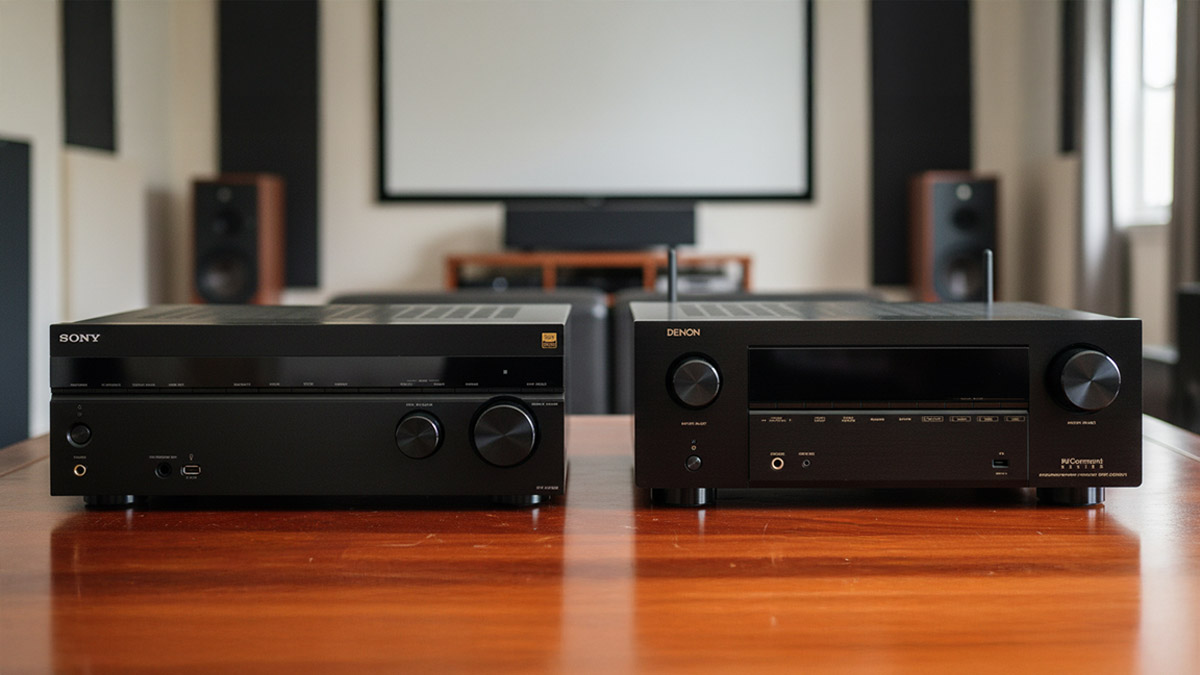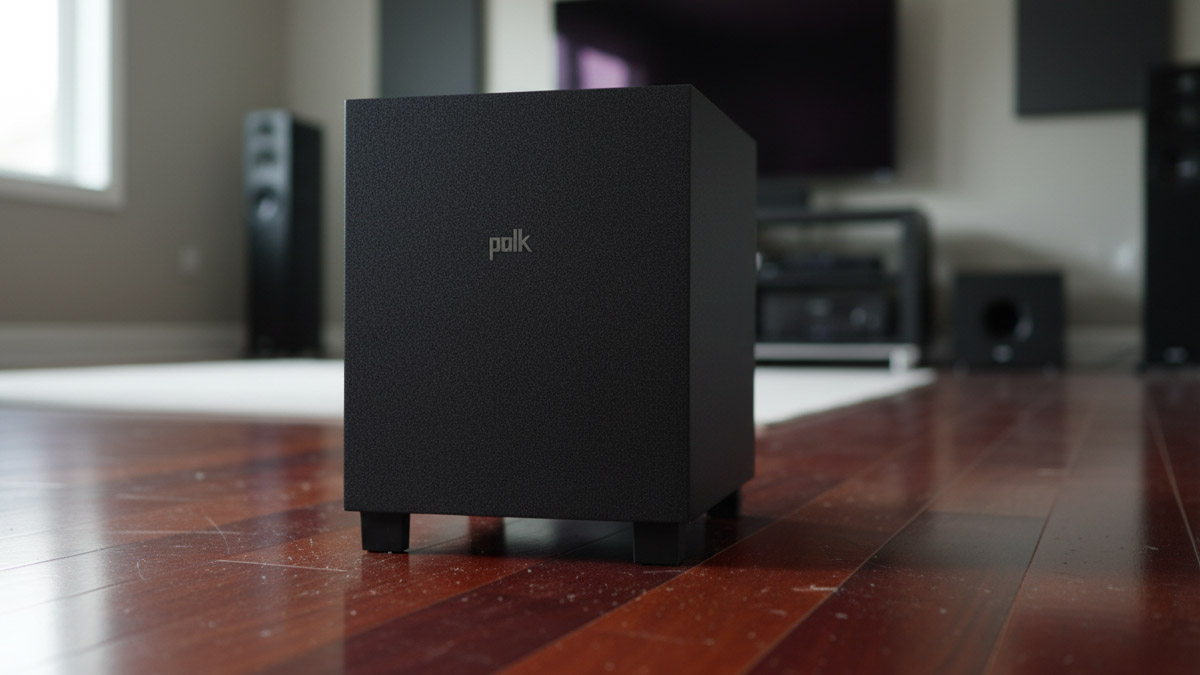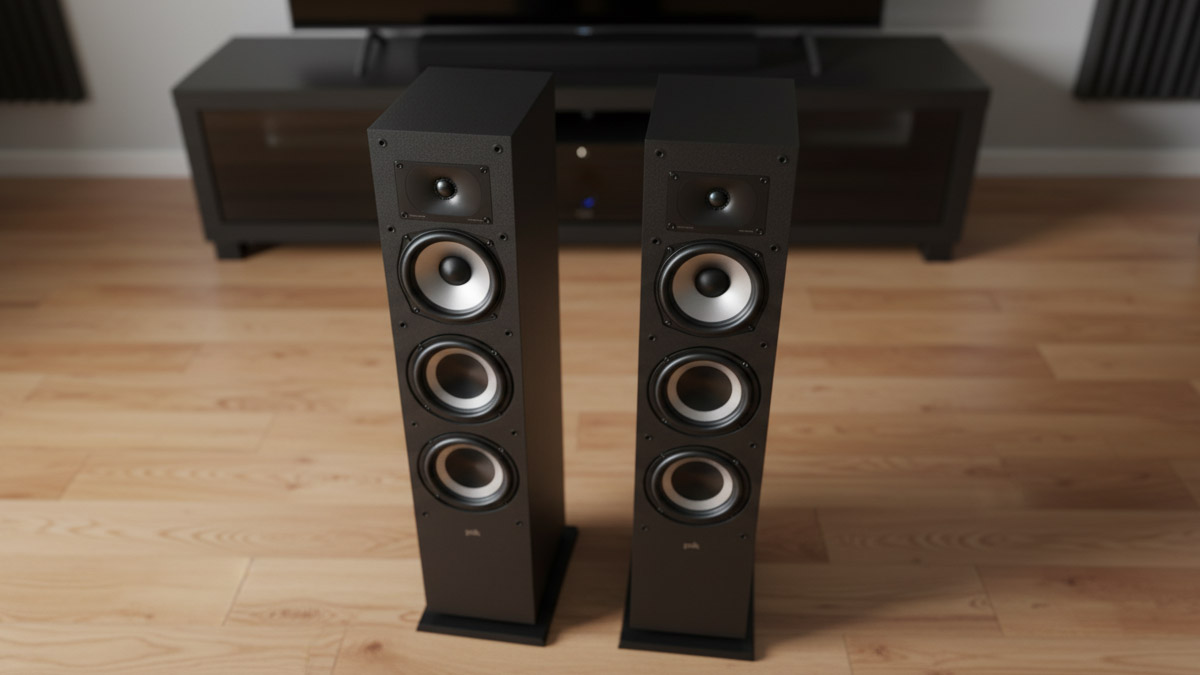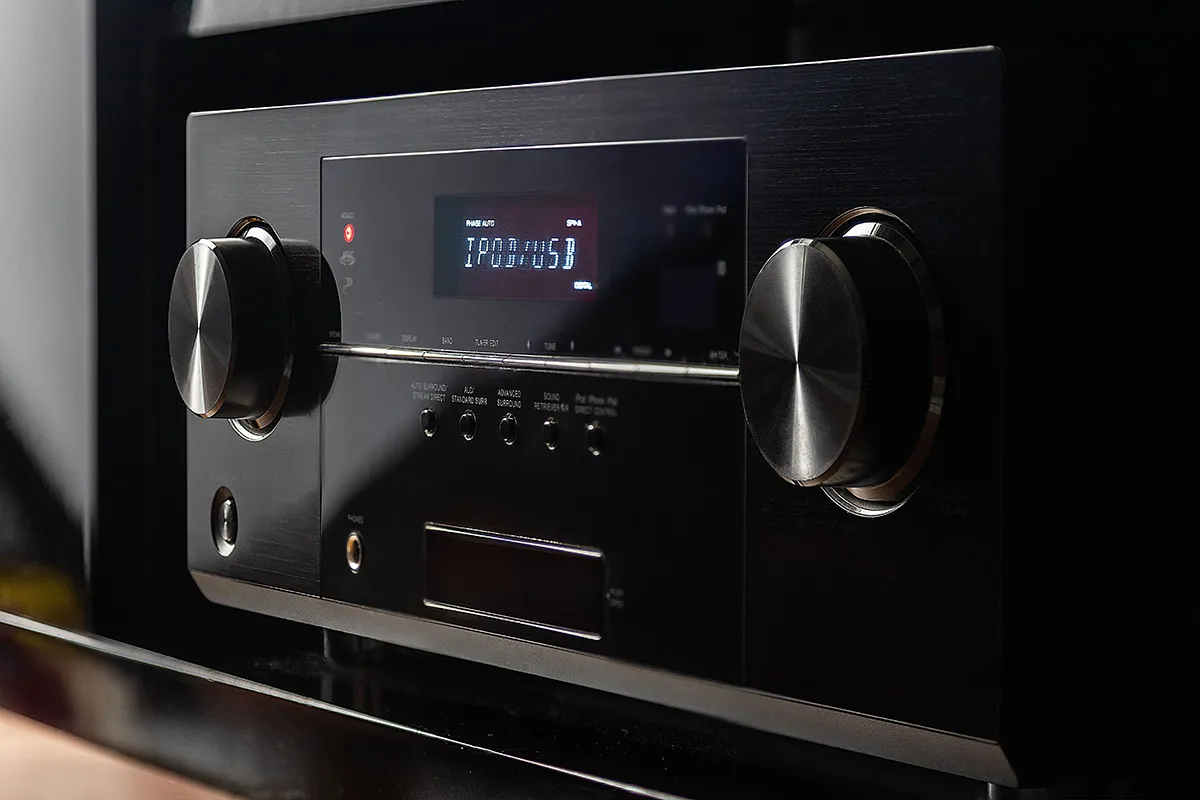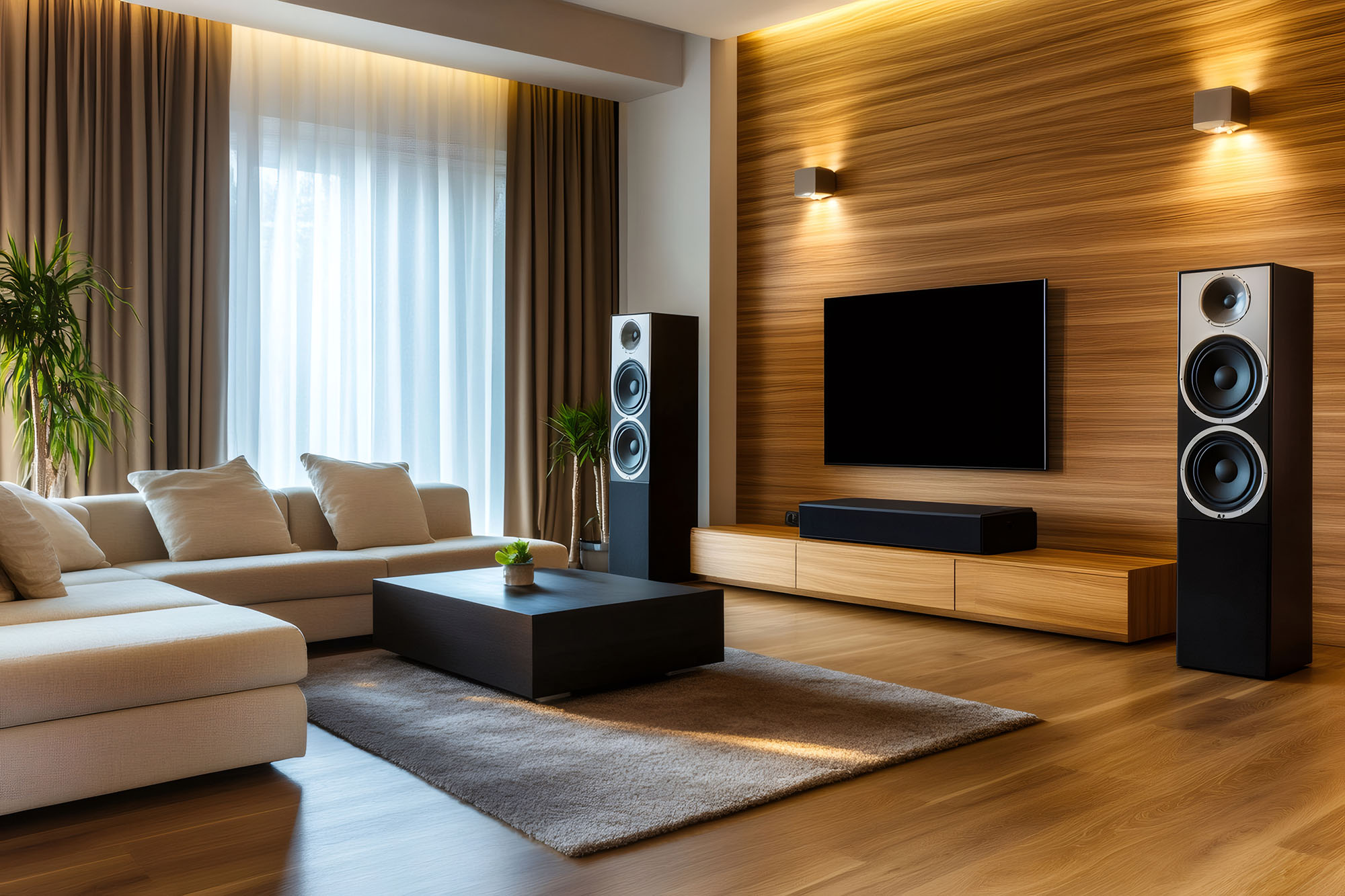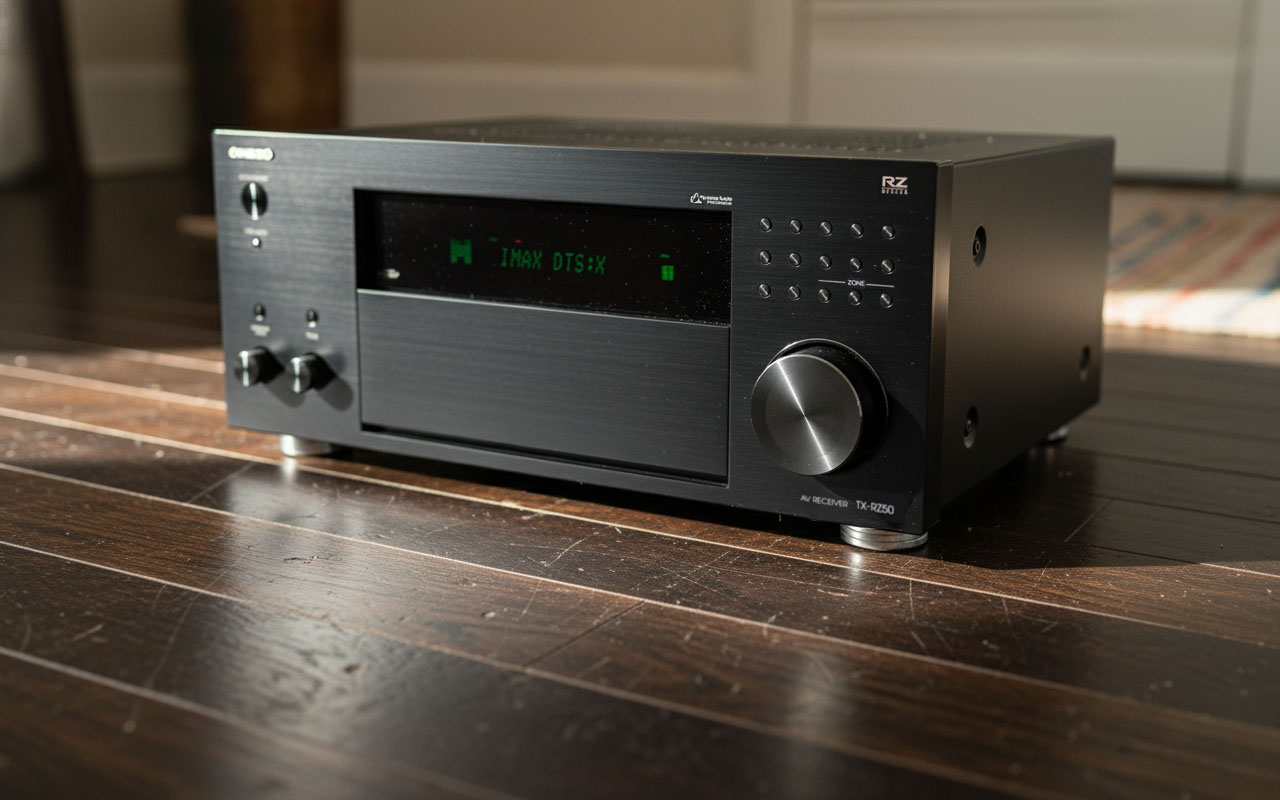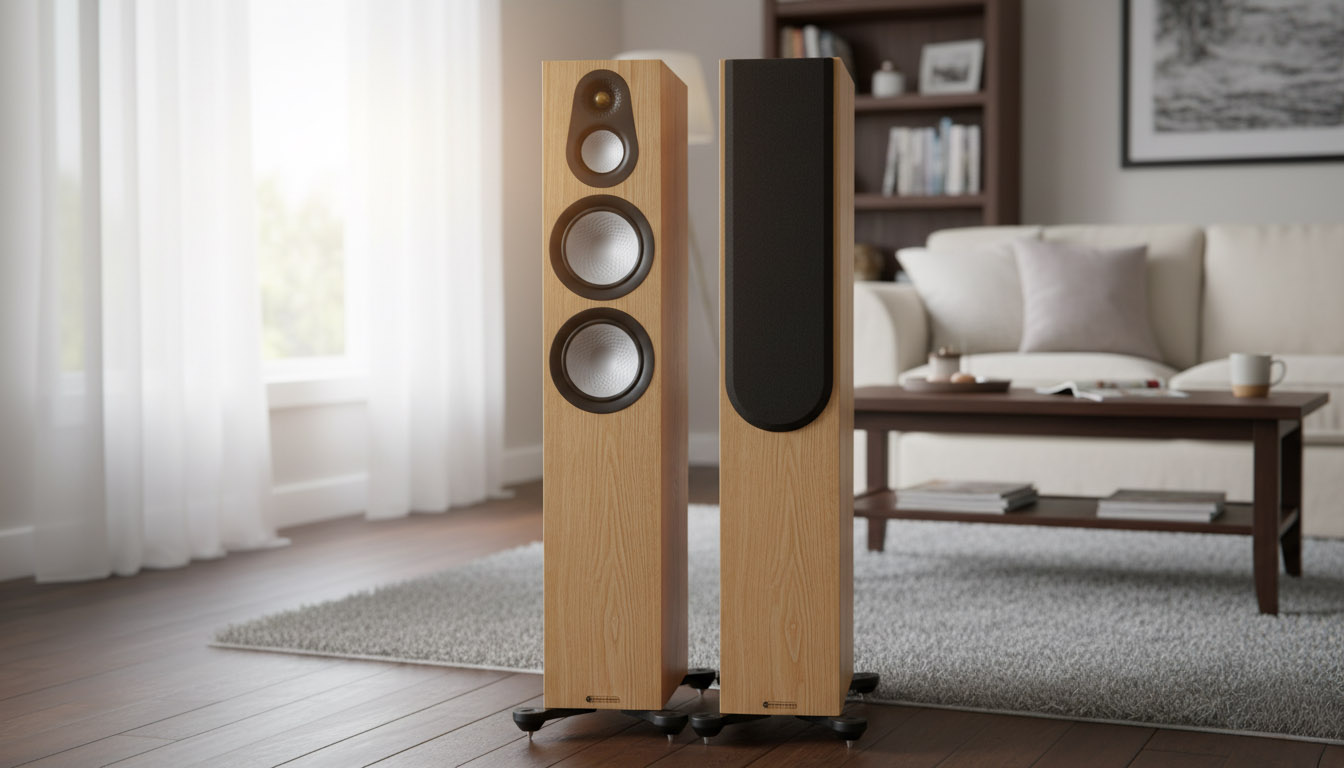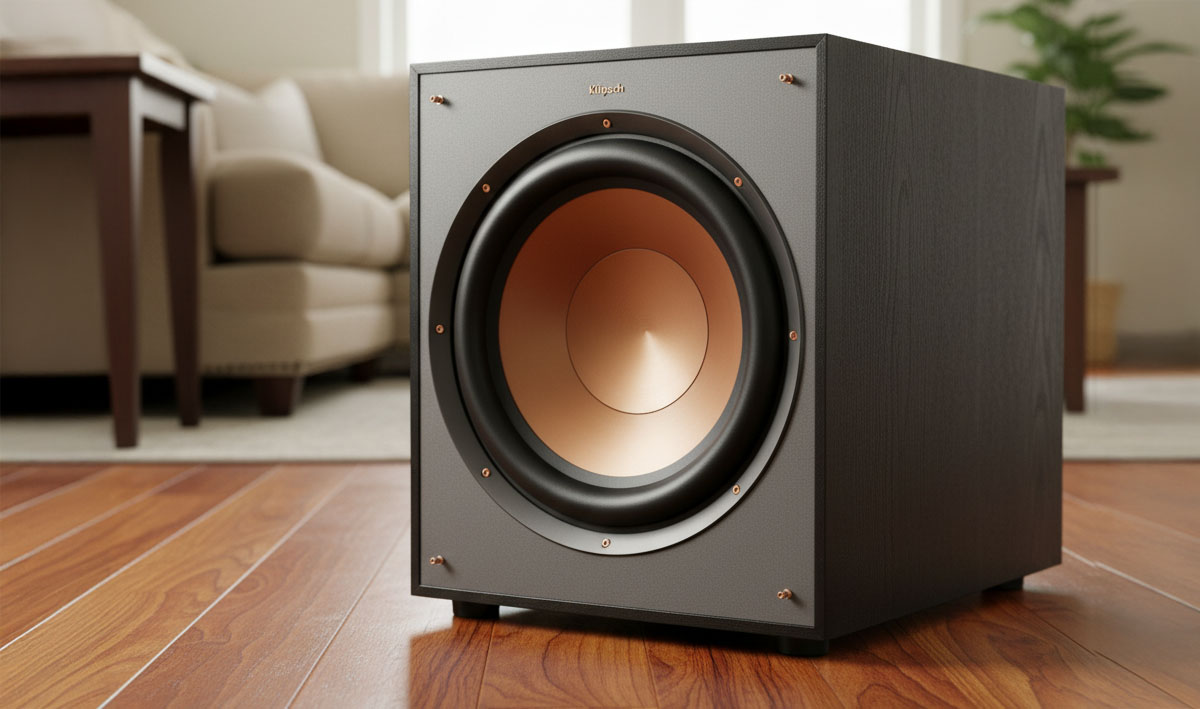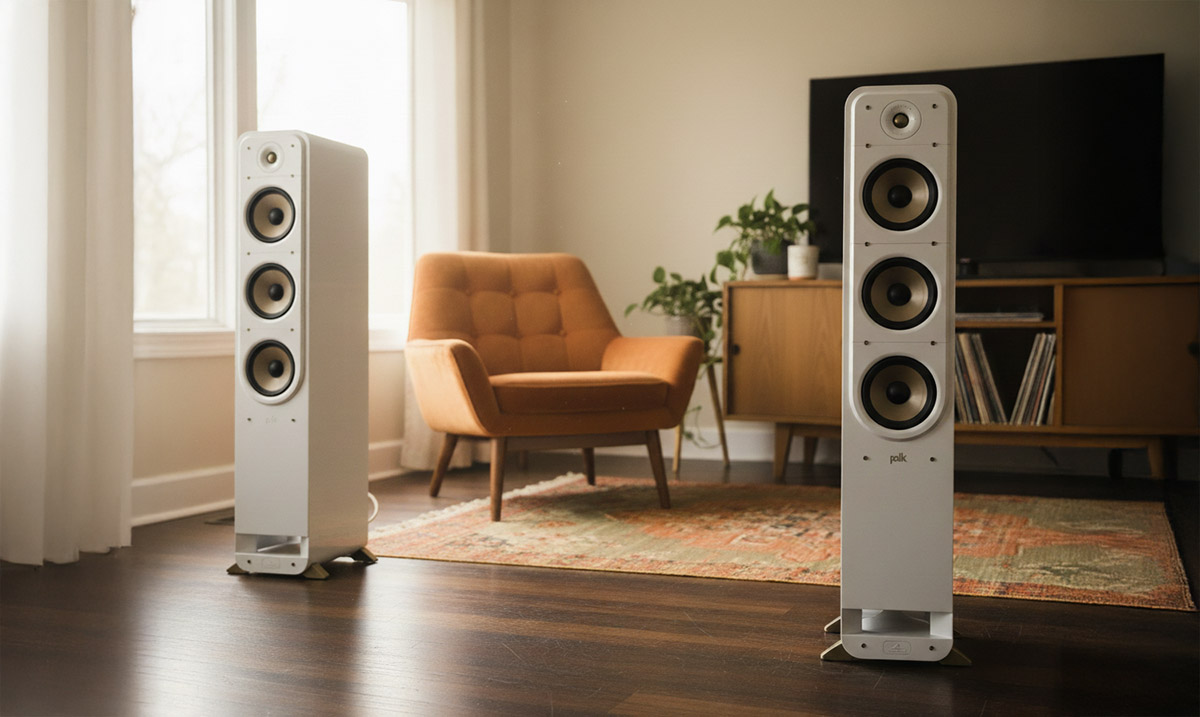You’re choosing between two midrange receivers that solve the same problems in different ways. Sony leans into slick TV integration and spatial processing that makes small layouts feel bigger. Denon focuses on predictable setup, extra high-bandwidth HDMI capacity, and a calibration workflow that rewards careful tuning. Both are 7.2 channel models, both support modern gaming formats, and both are easy to live with. The right pick depends on your sources, your room, and how you plan to grow.
Headline differences you’ll actually notice
HDMI and 8K inputs
Each receiver gives you 6 HDMI inputs and 2 HDMI outputs. Denon equips 3 inputs for 8K and 4K at 120. Sony equips 2 inputs for 8K and 4K at 120. If you run a PS5, an Xbox Series X, and a 4K120 PC, that third high-bandwidth lane on the Denon is real headroom. If you only have one or two high-frame-rate sources, Sony covers you without cable shuffling.
Room correction and sound mapping
Denon includes Audyssey MultEQ XT. You measure multiple mic positions, then you can refine the target curve and limit how much correction happens in the highs. Sony uses D.C.A.C. IX and adds 360 Spatial Sound Mapping, which creates phantom speakers between your real ones. In imperfect rooms, that virtual fill can hold the stage together and widen the sweet spot.
Phono and legacy audio
Denon builds in a moving magnet phono input, so a turntable plugs in directly. Sony skips the phono stage, so you’ll need a turntable with a built-in preamp or a small external phono box.
Pre-outs and expansion
Neither model provides full pre-outs for the main channels. Both include dual subwoofer pre-outs. Sony also adds an S-Center output for Acoustic Center Sync with compatible Sony TVs, which lets the TV help anchor dialogue to the screen. If you want to add big external power amps for your fronts later, you’ll be shopping the next tier up in either brand.
Streaming platform
Denon runs HEOS for multiroom and supports AirPlay 2 and Spotify Connect. Sony offers Chromecast built in, AirPlay 2, Spotify Connect, and clean app control. If your home already uses HEOS speakers, Denon snaps in. If you cast from Android or live in Google Home, Sony feels natural.
Power, minus the spec sheet games
Denon rates 95 W per channel into 8 ohms, 20 Hz to 20 kHz, 0.08% THD, with 2 channels driven. Sony publishes up to 165 W per channel into 6 ohms at 1 kHz with 1 channel driven. Different test methods, different numbers. In real rooms with 5 or 7 speakers playing, both land in the same class. With average sensitivity speakers at a 9 to 11 foot seat, either will deliver healthy movie peaks in a medium room. If you plan on very large rooms or low sensitivity towers at reference levels, step up to a model with full pre-outs and plan for external power.
Gaming and video pipeline
Both pass 4K at 120 and 8K video, and both support VRR, ALLM, HDR10, Dolby Vision, and HLG. The practical split is simple. If you have more than 2 high-frame-rate sources, the Denon’s third 8K-ready input keeps you from juggling cables.
Real-world setup and daily use
Calibration feel
Audyssey on the Denon is methodical. You run several mic positions, then fine-tune with the app. It’s predictable, and owners often describe it as “set once, enjoy.” Sony’s D.C.A.C. IX is quicker, and 360 Spatial Sound Mapping can make a lopsided room sound more cohesive. If your couch hugs a side wall, that can be the difference between “pretty good” and “this works.”
TV integration
Sony’s Acoustic Center Sync uses the S-Center output to let a compatible Sony TV act with your center channel. Dialogue tracks the screen more convincingly, especially with low furniture or wall mounts. If you own a recent Sony TV, this is a real benefit.
Music workflows
Spinning vinyl is simpler on the Denon thanks to the built-in phono input. On the Sony, use a turntable with a phono stage or add a compact preamp. Both handle AirPlay 2 for iOS users. Sony’s Chromecast makes casting from Android effortless.
Owner feedback themes, boiled down
Sony STR-AN1000
Owners praise the lively movie presentation, the clean interface, and how 360 Spatial Sound Mapping widens the sweet spot for guests. Common gripes include the lack of main pre-outs and the need for a separate phono stage. People with Sony TVs repeatedly mention how useful Acoustic Center Sync feels.
RELATED: Sony STR-AN1000 Review
Denon AVR-X2800H
Feedback highlights stable HDMI behavior, clear menus, and Audyssey’s knack for cleaning up boomy rooms. People like the 3 high-bandwidth inputs for console stacks, and vinyl listeners enjoy the built-in phono. The usual nitpick is that if you want external amplification later, you’ll need a higher tier Denon.
RELATED: Denon AVR-X2800H Review
Practical bits that move the needle
Match HDMI lanes to sources first
Assign your highest frame rate devices to the limited high-bandwidth inputs before anything else. On Denon, use the three 8K lanes for consoles and a PC. On Sony, reserve the two 8K lanes for gaming. Label inputs in the GUI so no one accidentally kills VRR.
Acoustic Center Sync, use it wisely
It shines when the TV sits close to center-speaker height and seating is not far off axis. Keep the TV center contribution a couple dB below the physical center to avoid a fuzzy blend. If the TV is mounted high above ear level, compare both modes and keep the cleaner image.
Audyssey vs D.C.A.C. IX, choose your target
With Audyssey, let it go to work below the room’s transition region, then limit correction above 500 to 700 Hz in lively rooms to keep natural top end. With Sony, run one pass with Spatial Sound Mapping on and another with it off. If your room is symmetrical and your seat is centered, you may prefer the simpler profile. If placement is compromised, the virtual fill usually wins.
Sub integration that actually helps
After auto-cal, set all speakers to Small. Start crossovers at 80 Hz for towers, 90 to 100 Hz for bookshelves. Play a kick drum loop, then nudge the sub distance in 0.3 foot steps until the attack tightens. That single tweak fixes midbass bloat more often than new hardware does.
Power and speaker synergy
At a 9 to 11 foot seat with 86 to 90 dB sensitivity speakers, both receivers have the headroom you need. Trouble begins with 84 dB bookshelves in a large room at reference levels. If that’s your plan, you want either more efficient speakers or a receiver with pre-outs and an external amp.
RELATED: Klipsch the Sevens Review
eARC and lip-sync sanity
First verify each source works directly through the receiver. Once 4K120 and the right audio formats check out, enable eARC on the TV. If a TV app shows drift, set TV audio to Pass Through so the receiver handles buffering. This prevents the TV from resampling audio in ways that confuse Dolby MAT from consoles.
Heat and airflow matter
Both chassis run warm when five or seven channels are busy. Give them space to breathe, about four inches above the top cover. A quiet USB fan on low speed keeps temps down and performance consistent on long weekends.
Gaming toggles many people miss
On PlayStation, enable 120 Hz and VRR, then disable all motion smoothing on the TV. On Xbox, keep 10-bit HDR on, and if 4K120 handshakes glitch, turn off YCC 4:2:2. These are source fixes, but they solve most problems that get blamed on the receiver.
Music modes that respect stereo
On Denon, start with Direct or Pure, then add Dynamic EQ only for low-volume listening. On Sony, try 2-channel Stereo or Direct for albums, then toggle Spatial Sound Mapping. If vocals hollow out, go back. If the stage widens cleanly, enjoy it.
Future upgrade path
If you think external amps are in your future, neither unit is the endgame. Pick the ecosystem whose menus, app, and auto-cal you like now, then move one tier up later to gain full pre-outs. Your habits carry over, and you spend time listening, not relearning.
Room fingerprint before you obsess
Clap near your seat. If the ring is long and bright, the room is the boss. Spend a little on absorption panels or heavy curtains at first reflection points before you agonize over Audyssey versus Spatial Sound Mapping. Room fixes multiply the impact of any receiver.
Which Should You Buy?
Choose the Sony STR-AN1000
if you want clever DSP and tight TV synergy. The virtual speaker mapping makes asymmetrical rooms easier, Acoustic Center Sync helps with dialogue, and Chromecast fits a phone-first household.
RELATED: Sony STR-AN1000 Review
Pick the Denon AVR-X2800H
if you want a measured, tweakable setup with extra high-bandwidth HDMI inputs. Audyssey MultEQ XT gives you deeper control, the phono input keeps vinyl simple, and HEOS is a solid multiroom backbone if you add compatible speakers later.
RELATED: Denon AVR-X2800H Review
Quick Specs
- HDMI: both 6 in, 2 out. Denon gives you 3 high-bandwidth 8K inputs, Sony gives you 2
- Room correction: Denon Audyssey MultEQ XT, Sony D.C.A.C. IX plus 360 Spatial Sound Mapping
- Phono: Denon yes, Sony no
- Pre-outs for main channels: both no, dual sub outs on both, Sony adds S-Center for Acoustic Center Sync
- Power ratings: Denon 95 W into 8 ohms, full band, 2 channels driven. Sony up to 165 W into 6 ohms at 1 kHz, 1 channel driven. Different tests, similar real-room grunt
Bottom line
If your room and seating are less than perfect, or you own a recent Sony TV, the STR-AN1000 earns the nod. If you want more high-bandwidth HDMI inputs, a built-in phono stage, and a calibration workflow you can shape, the AVR-X2800H is the safer long-term bet. Make the call based on your sources, your room, and whether you value virtual immersion tricks or surgical tuning. Then stop thinking about the receiver and enjoy the system.
Teksignal.com participates in the Amazon Services LLC Associates Program, an affiliate advertising program designed to provide a means for sites to earn advertising fees by advertising and linking to Amazon.com. The reviews on this site are hands-off consensus reviews. We analyzed owner feedback across the internet and manufacturer documentation. We summarize sentiment; we do not republish individual user posts.

